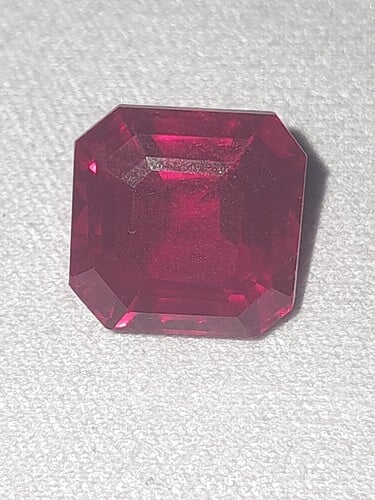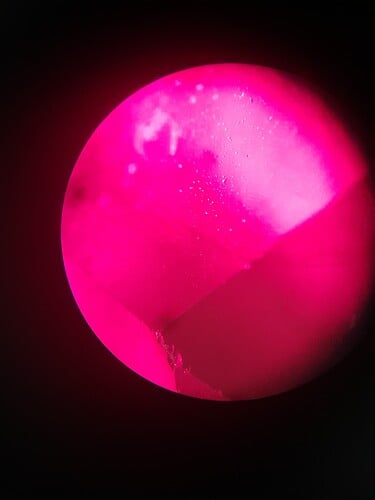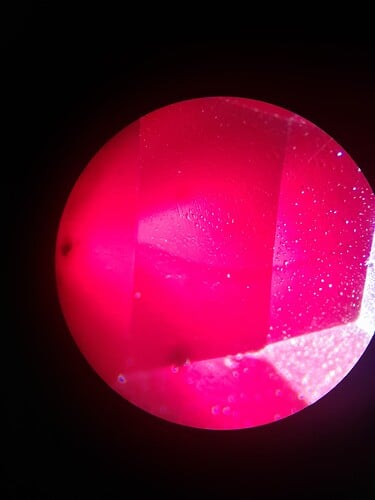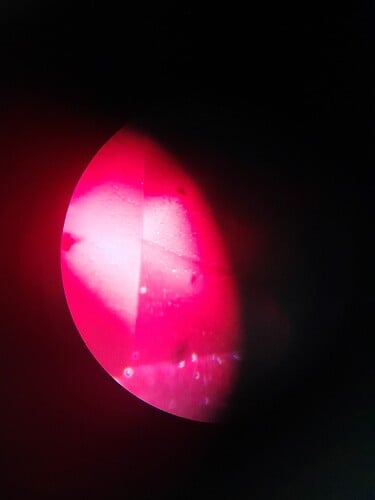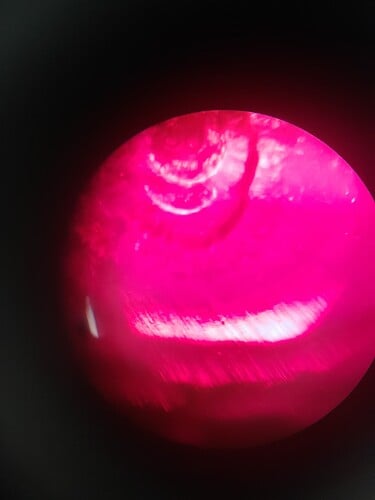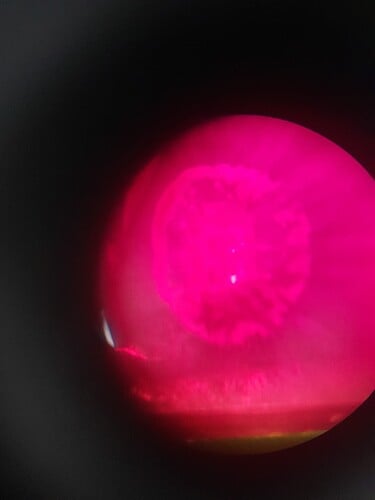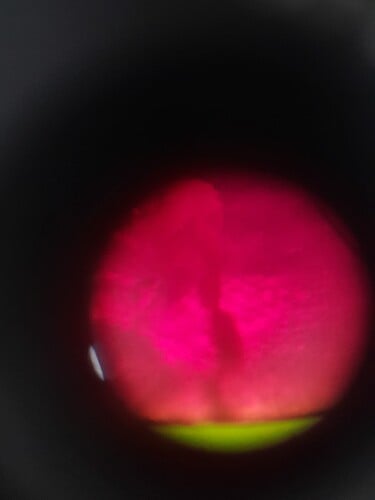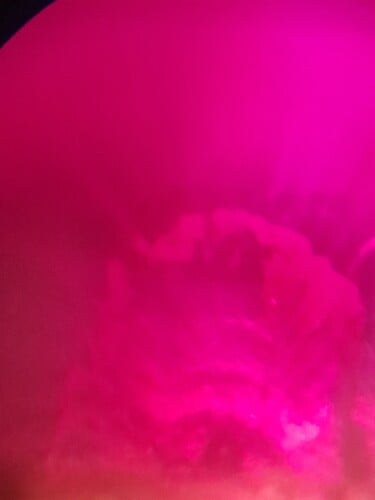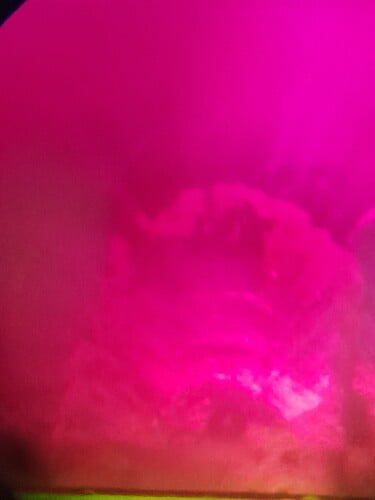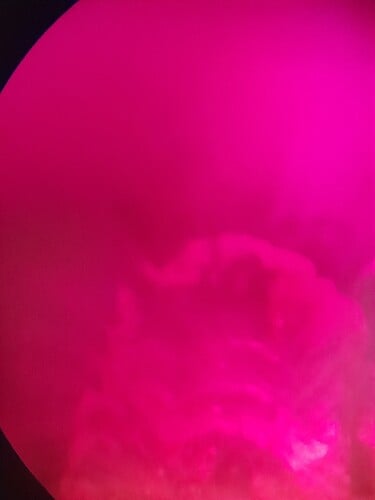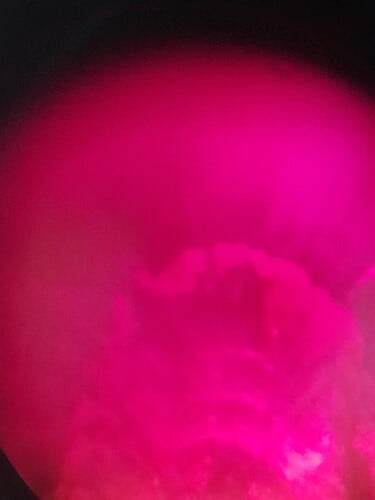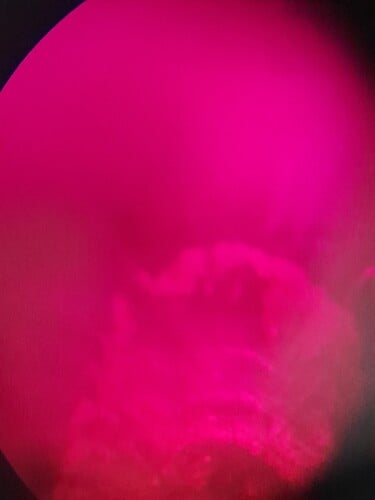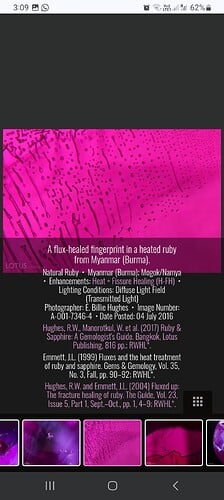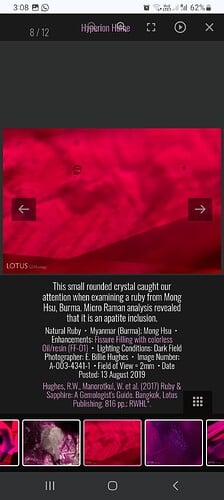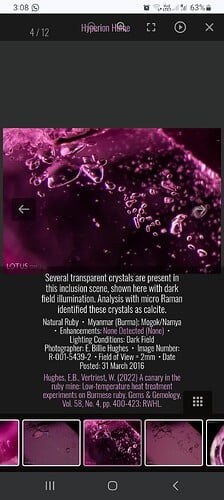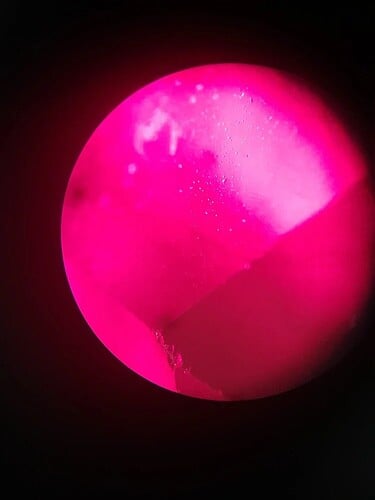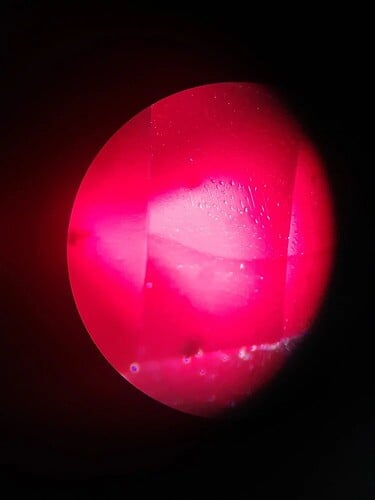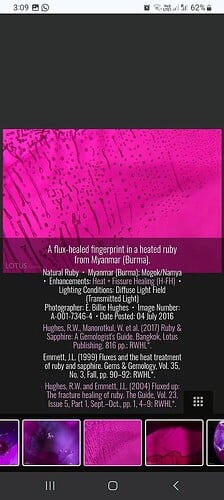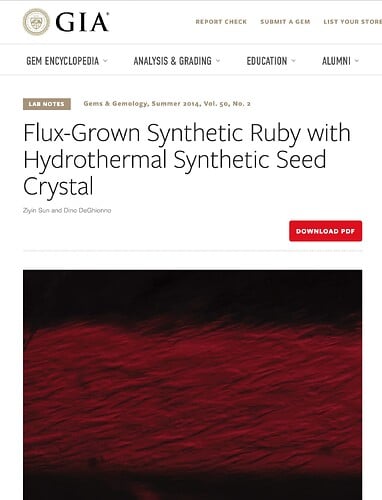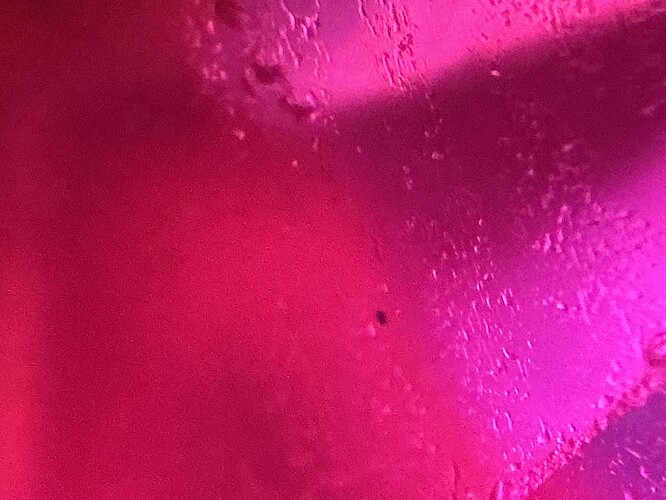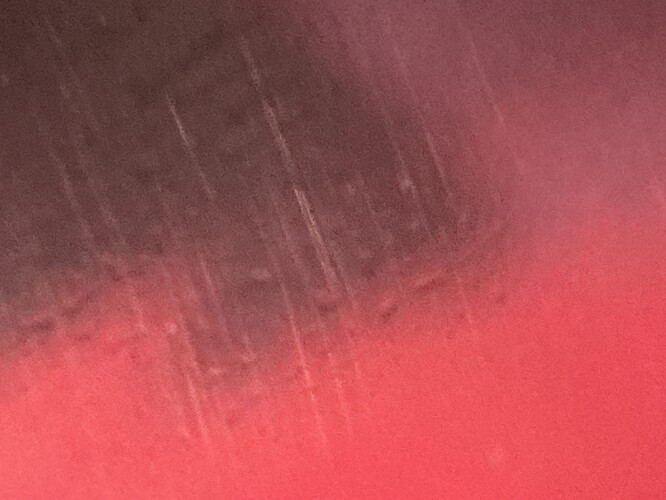Whats the most easiest way to work out if ruby is natural or lab grown, apart from curved striae.
As on lotus gemology website they show some photos of lab grown ruby with straight striae.
Any other major indicators, also how can gem labs work this out so easily, is there any specialist equipment for this, that would make identifying lab vs natural ruby.
Any input will be very much appreciated.
Hi Raja,
Curved striae are one of the strongest indicators of lab-grown corundum, especially for flame-fusion material. Flux grown material will tend to have weaker curved striae present but in either material, bubble like inclusions are strong indicators for lab-grown and are rarely observed in natural material. Flux-filled cavities/inclusions are also good indicators of flux grown material.
Identifying Ruby Simulants
Along with curved striae, there will most-likely be curved color banding present. You can use an immersion cell with a refractive fluid to view these.
Since ruby has an RI of 1.757-1.779; you can use one of the liquids in the IGS article: Common Household Refractive Fluids that are much less toxic. Cooking oils like Sunflower and Olive oil are cheap and readily available. Anise is one of my favorites, but it is a bit expensive. Mineral oil is also a very good option. Cinnamon oil is really good but expensive. Be careful with oils like Cinnamon because it is an irritant to skin and definitely keep it away from your eyes.
The closer you can match the stone’s RI, the better detail and internal features you will see. Also, the less tinted the fluid is the better you will be able to see color bands. Immersion testing works best with transparent to slightly translucent stones.
Cheers!
Troy
1 Like
Yes excellent idea. I have a few photos attached plus some reference photos from lotus gemology.
These are the closest matches i could find.
This circle thing has 4 crystals inside, cant be seen in the photos but in the last photo you can get a slight reflection of the crystal in the bottom right corner.
The crystals are quite uniform and lined up well and fill most of the circle.
This i think matches closest to the surface glass image in the lotus gallery.
So these are the reference photos. Any suggestions ?
In 20250601_143504; this looks like a halo that is developed from a heat treatment. If the stone was exposed to a glass-fill treatment or a general heat treatment, these type of halo’s will show up around inclusions.
Ok, so as halos are not showing around any of the inclusions, its safe to say, there is not any glass filled treatment.
Appreciate the info.
I’m not sure I understand what you mean…
To clarify; A halo will form around different types of inclusions, like mineral or crystals, and clusters of remaining flux material (which technically are mineral-like compounds).
What is not clear to me is how you determined no halos exist around any inclusions, while image 20250601_143503 and 143504 show what looks like a halo surrounding a central body of material. Unless what what is in the images is not a halo type inclusion.
Can you describe what inclusions you are seeing?
Cheers!
Troy
Ok i understand what you mean now, the halo has 4 inclusions in it, eg could be crystals like zircon or like you are saying lead glass.
I was actually referring to the the rest of the stone it doesnt have this halo affect anywhere else.
Like the photo attached, no halo effect, and the rest of the stone is like this, where there are any inclusions present there is no halo.
Also what do you think about these 2 images matching.
Thanks
inclusions, striae, other markings for synthetic stones depend mostly by what method is used to grow them… Venueille or flame fusion method is the oldest and easiest to determine… curved growth lines, curved stria, bubbles, color banding, and unmelted aluminum oxide are characteristic. A variation is the czochralski process, which has the same limitations. Flux fusion leaves flux inclusions, icicles and bubbles. Hydrothermal corundum is highest quality, still distinguishable by “chevron” inclusions, subparallel striations. Spectrograms show high water content.
1 Like
Flux grown ruby NEVER has curved striae!!!
1 Like
Thank you for that correction. I misinterpreted information about flame-fusion seed material that is merged with the flux-grown process found in this article: https://www.gia.edu/doc/Flux-Induced-Fingerprint-Patterns-in-Synthetic-Ruby.pdf
I now understand better the the difference between the two types and it makes sense that straight striae will be normal for the flux-grown methods.
Cheers!
Troy
agree… neither does hdrothermal. I think Troy was possibly refering to flame fusion seeds overprinted in flux fusion… will cooking a seed in flux fusion or hydrothermal, eIiminate curved striae? don’t know whether or not this can be done… do you have the answer? This discussion is very relevant and needs an expert to further explain… we don’t have, at least I don’t have your expertise… thanks.
looks like it could be fingerprints…fingerprints will also be inside the crystal, not just only on the surface.
" Both natural and flame-fusion synthetic ruby have been used as seed crystals in the flux growth of ruby (J.I. Koivula, “Induced fingerprints,” Winter 1983 G&G , pp. 220–227; Summer 1991 Lab Notes, p. 112). The seed crystals are generally removed during the cutting process but may, on rare occasions, be detected in finished specimens."
SEE: https://www.gia.edu/gems-gemology/summer-2014-labnotes-flux-grown-synthetic-ruby
2 Likes
Hi,what could these inclusions be .
Lab grown certified gia, got the results.
